Maturing design at a dev-centric digital agency
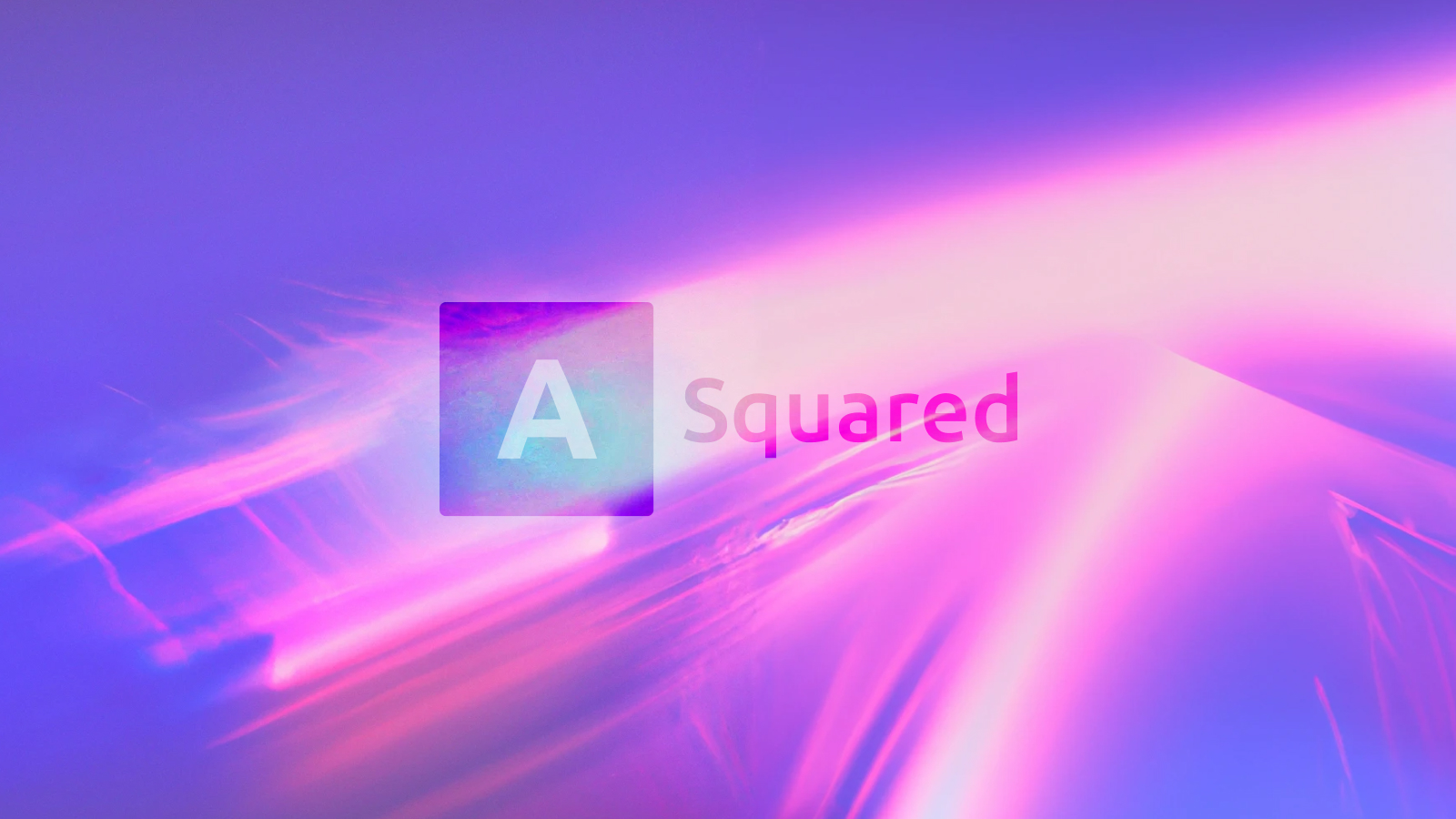
This is an introspective recap of my first year at ASquared: a Brighton-based, purpose-driven digital agency putting social and environmental issues at the heart of everything they do.
As Design Director I helped embed and mature design. I focussed on strategy and direction, grew the design team and imparted my agency experience onto an ambitious, hungry team.
Back in February 2022 I was coming off the back of a Covid-induced burnout. I left my previous agency having co-steered it through the worst of Covid.
I took a few weeks to regroup before starting at an ambitious and growing agency in Brighton, again as Design Director. I was to be responsible for leading and maturing design where dev historically ruled the roost.
Over the course of a year I helped assess, organise and deliver the foundations of a design heritage, at an agency where it was new and unrefined.
🙋♀️ Automation who?
Back at Clearleft I passed an app-specific project over to an agency formerly known as Automation Squared: a nod to their original automated testing offering. I had the upmost confidence in their abilities seeing as long-time friend and excellent app developer Nick Kuh was then their Senior-most Dev.
The project was for Resolve to Save Lives, a medical organisation where the Head of Product Design was fellow Canadian and long-time design luminary, Daniel Burka.
From that initial introduction stemmed many exciting chats with both Nick and ASquared’s magnetic founder, Ant Stonham. Every bit ambitious as he is enthusiastic, Ant’s drive and determination was contagious.
Ant recognised the potential value of Design but admittedly wasn’t sure where to start. The agency had a strong strategy around mobile app development using React Native, but Design was seen as an add-on, not a starting point. The agency had designers, but the overall design approach and maturity were still nascent.
✅ Challenge accepted
Coming from an agency where top-class UX and Design were part of the DNA, the challenge of starting fresh was hugely appealing. Using my experience to embed better design practices and processes, influence strategy and raise the maturity level to win more design-led projects was hugely enticing.
What was also tempting was making the jump to native apps. Design is about understanding a problem and finding viable solutions regardless of the medium, but native was always a bit new to me. Admittedly I've always been a little web-centric.
Looking back it’s been an eventful year with lots of challenges, learnings and wins. Here are some of the things accomplished.
🚦Shifting Design from an add-on to a starting point
As a primarily dev-centric agency, ASquared’s prowess in Native apps was excellent. Previously won projects focussed primarily around the tech stack, and started with Dev.
Design for the most part was predominantly surface layer: UI and tactical UX to aid in delivery. The incumbent designers were rushed, and their impact commoditised.
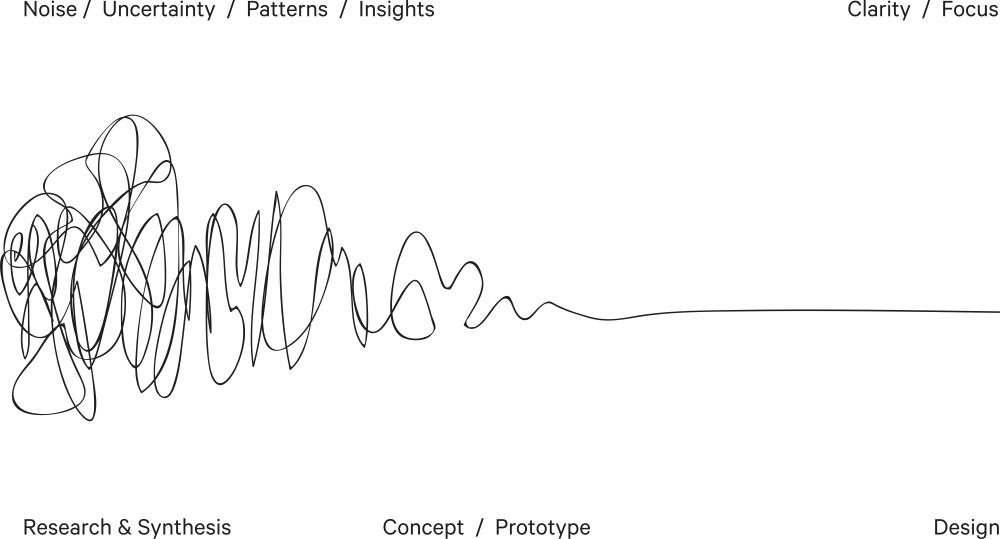
My first challenge was changing the internal perception of design from a delivery mechanism to a starting point. That required pushing back on what were historically small estimates for design time, which were costed per hour. I pushed to grow the estimates to accommodate the time and space needed for good design, now costed in days.
That change in turn required a leap of faith in the new business approach internally. Externally it required budgets to grow to accommodate more time for design.. and of course it required clients who had more complex requirements and needed deeper solutions.
Upgrading Discovery
ASquared already conducted discovery sessions, but they were small, 3 hour journey mapping workshops to validate an estimate. This is great for smaller delivery projects, but prone to risk in larger and more complex projects when scope starts to creep.
I pushed for larger and longer Discovery phases with mature research approaches and validation, including ample time to explore concepts and solutions. Internally I started to work on design education to shift the expectations of design from delivery-based to outcomes-based.
Changing this mindset is never done, be it internally or with prospective clients. But starting projects through a discovery phase is a great way to maximise knowledge and minimise risk. I wrote about what I dubbed 'the discovery paradox' previously.
🧭 Tackling differing design maturities
Winning design work means winning trust in a process that might be abstract or complex to those unfamiliar with it.
Design to many startup founders and entrepreneurs (ASquared's target market) tends to focus on the stylistic outer layer. Get it up and running, make it look good and go to market. This approach can work, but the most successful startups have valued design much higher, and far earlier.
In fact many startup founders go to agencies because they need something built. They might miss or deny the fact that good product thinking starts with Design, which in turn lessens the risks when building their product.
On every intro call, proposal and pitch, I’d ask about clients about their users and customers. In many cases this was an afterthought and not a starting point, and was always a catalyst for deeper conversations.

Thankfully I've got ample experience in the communication, evangelism and propaganda of design, given the number of digital transformation projects I've worked on (long before they were labelled 'digital transformation'). The common evangelism thread has always followed roughly the same formula. Build trust by advocating for design & user-centricity, explain and demystify the design process and demonstrate the outcomes from good (and bad) design.
🔬 Looking inwards
The same lack of design maturity understandably existed within ASquared.
As a result, design education and discussion was important not just for winning new projects, but for sharing within the company. Establishing design as a viable way to grow revenue and create great work was – and is – the goal.
As a historically dev-focussed organisation, how might we grow a mature design team? How can we attract the right people? How might we start to operationalise design and embed it, and tackle larger and deeper problems for our clients?
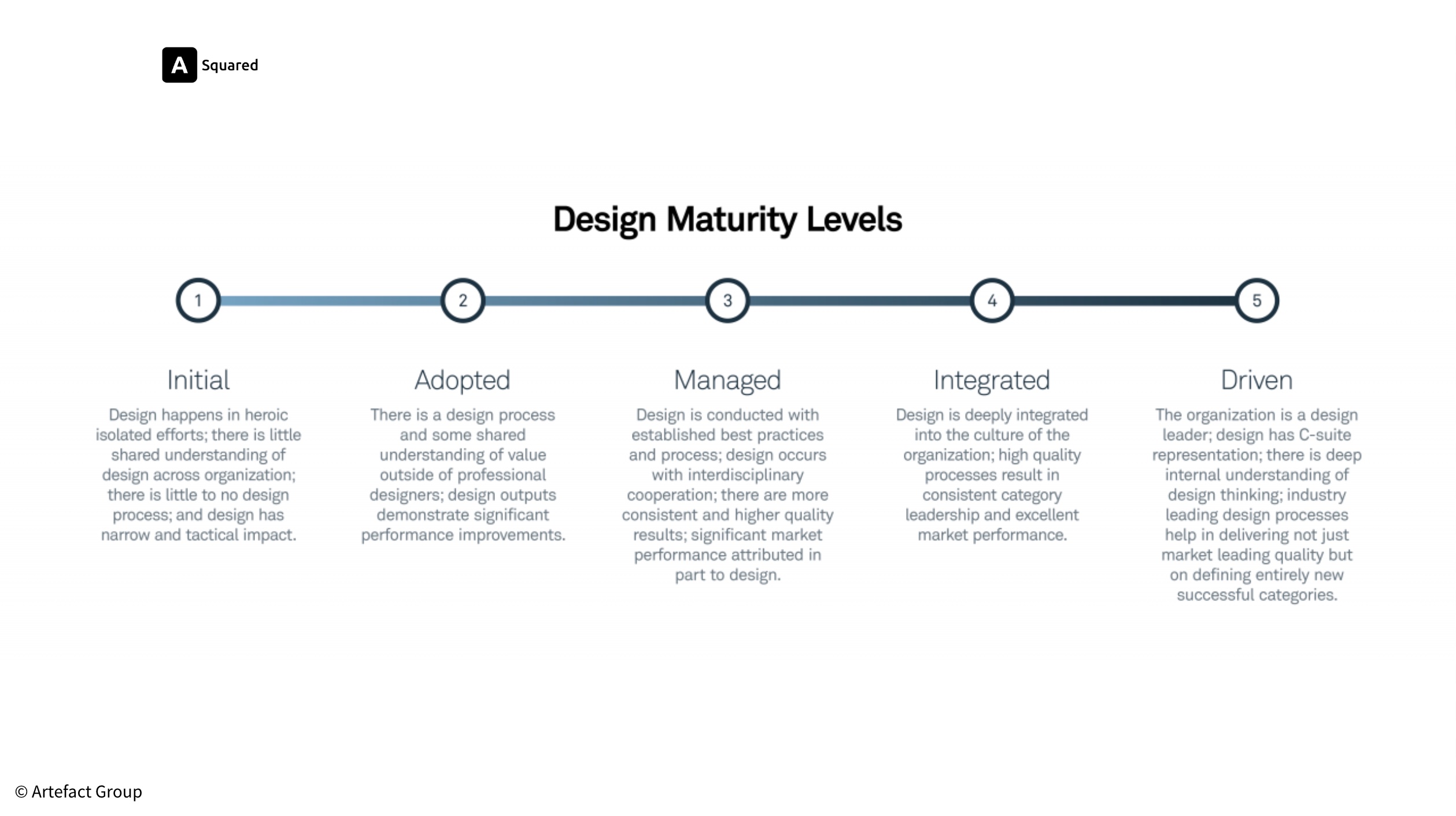
Measuring Design maturity
In and amongst several design-led workshops I conducted with my fellow leadership team and board, I also conducted a design maturity audit. Its wider goal: to have design inform more of the agency’s long-term strategy.
By recombining approaches from Artefact Group, Nielsen Norman and Moment Design, I created a framework for growing design maturity. They all remain applicable and in use at ASquared today.
🧬 Using New Business as a test bed
An agency’s New business will always be one of its most important functions. Winning new work is the catalyst for growth, the lifeblood of the agency, and a petri dish for experimentation.
Assuming a steady stream of leads on which to experiment (a challenge in and of itself), each new business interaction could act like an A/B test. Which conversation landed better? Which angle on the proposition, approach or services provided led to a won project?
I treated the new business function like a trojan horse. I created a new visual design direction for all outbound collateral, thereby improving the company’s communication design. From new process diagrams to storytelling and case studies, the use of a new presentation style and narrative approach allowed information to be presented in a more engaging manner.

The improved approach also helped enhance the general understanding of design internally. As a side effect it helped me better understand ASquared’s React dev processes and project management approach.
Client workshopping
Client-wise, I led on many project kickoffs with new or prospective clients. In these virtual and face-to-face workshops I conducted customer journey mapping, empathy and role mapping, project canvases and brand explorations.
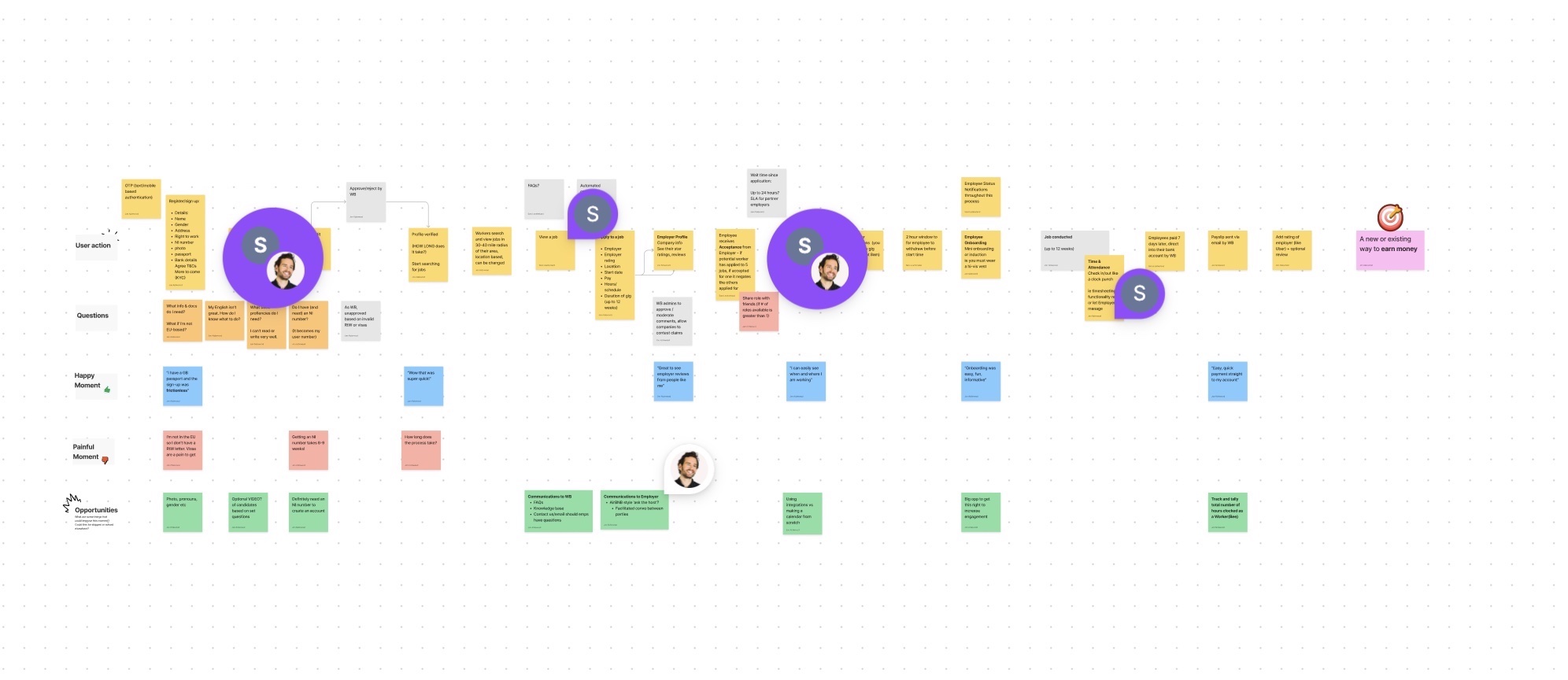
Marketing
In the absence of a marketing manager, I assumed the responsibilities of both marketing and the website. I created proto-personas for the main customer types, and wrote blog and case study content for new projects and topics. I also kicked off conversations around a new brand & messaging (still a work-in-progress).
⚙️ Embedding processes, rituals & workshops
As per L. David Marquet, author of Turn the Ship Around!:
Personalities come and go but institutional mechanisms [processes] endure and embed the change in the organisation.
Progress stands for nothing if it’s not embedded and established over time. In a quest to drive a more user-centred and design-mature culture, I introduced a few specific meeting types to embed change in the organisation.
Open design review
Firstly an open design review, where the design team would demonstrate their active work just like a normal design review. However by making the meeting open to all, it allowed ‘design curious’ staff to attend and listen in. This is a proven way to democratise design and avoid it becoming a siloed discipline.
Open clinics
Another meeting type was open clinics for various agency functions. With small teams busy on active projects, it’s easy to lose sight of what’s happening outside of their immediate project world. Having open clinics acted as a ‘pull’ mechanism. Those with the inclination, interest and time could attend the meeting to understand what was happening and provide input.
Brown bag lunches
A carry-over from my last agency, I introduced brown bag lunches to ASquared. These are informal presentations from staff members about something of interest to the wider team. Brown bags are a great way to help teams improve their public speaking, grow a sharing culture, and learn about a wider topic like design.
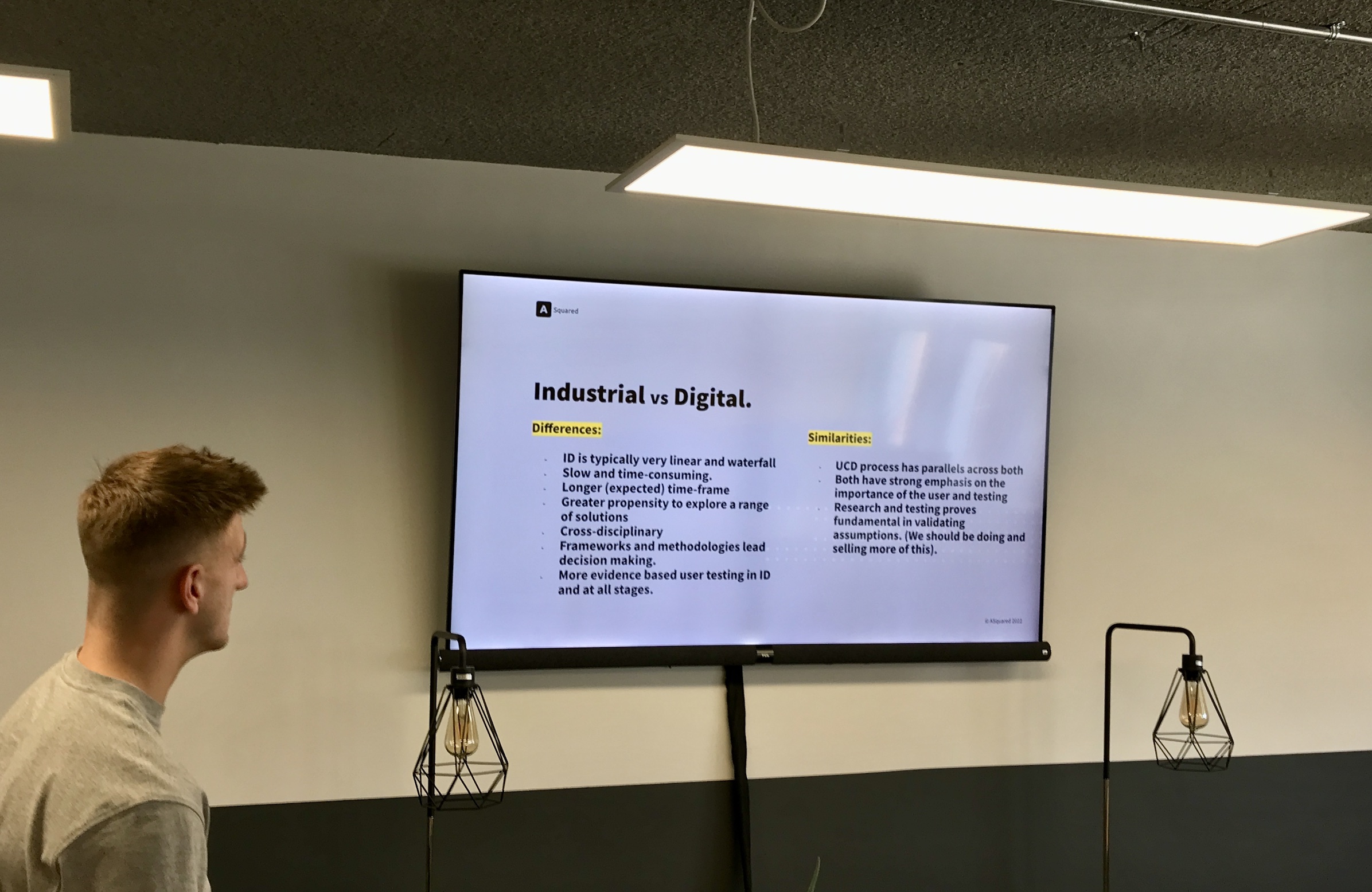
Design workshops
No design role is complete without some good old-fashioned design workshopping. The leadership team needed to unpick a number of business aspects, from brand to value proposition and strategy.
I conducted several workshops at a strategy level, including RACI, role mapping, and many others. Yet looking back my favourites were a brand sprint and an end-of-year retro. The former unblocked a raft of thinking that then unblocked new business and messaging. The latter was praised as
One of the most successful workshops I’ve ever been a part of
...as per a fellow leadership colleague. Great stuff.
Measuring success
If there ever was a success metric for measuring one's impact in embedding design, it's witnessing over time the new use of distinct design language, processes and terms. Plus a new adoption and appreciation for design which sees it become a mindset and a value driver, and not an afterthought.
All of these things have happened in recent discussions with my peers at ASquared, and it's great to see.
🎢 A thrill a minute
As mentioned, agencies really are a thrill-a-minute rollercoaster rides.
One month you’re flying, trying to resource concurrent projects at once. The next month you’re trying to keep the wolf from the door.
Typical agency issues will always exist, like tricky clients and the constant need for new business. Or hiring new designers or dealing with inter-personal politics. Or my living introduction of Kim Scott’s seminal ‘Radical Candour’.
Yet coming from a well-established agency in the strategic and UX design space, my time at ASquared has been exactly what I hoped for. Challenging but rewarding. I’ve been fortunate to work with a group of lovely and non-toxic people who truly love what they do. The culture is one of the warmest I’ve worked with, and the ambition and hunger are next-level.
As an agency leader, agency life is categorically not for the faint-hearted. But it’s great fun.
⚠️ Update H1 2023
I’m currently on an ‘adventure sabbatical’ with my family.
5 months ago I told ASquared of my intentions, ready to go fully unemployed.
As a further testament to how lovely a bunch they are, Ant and the ASquared team were happy for me to continue on a pro rata basis during my time away. I’m hugely appreciative of the opportunity and have been providing 1 day/week consultancy for the team back in Brighton, from afar.
May 17th, 2023